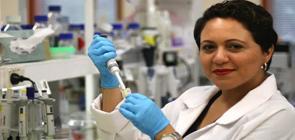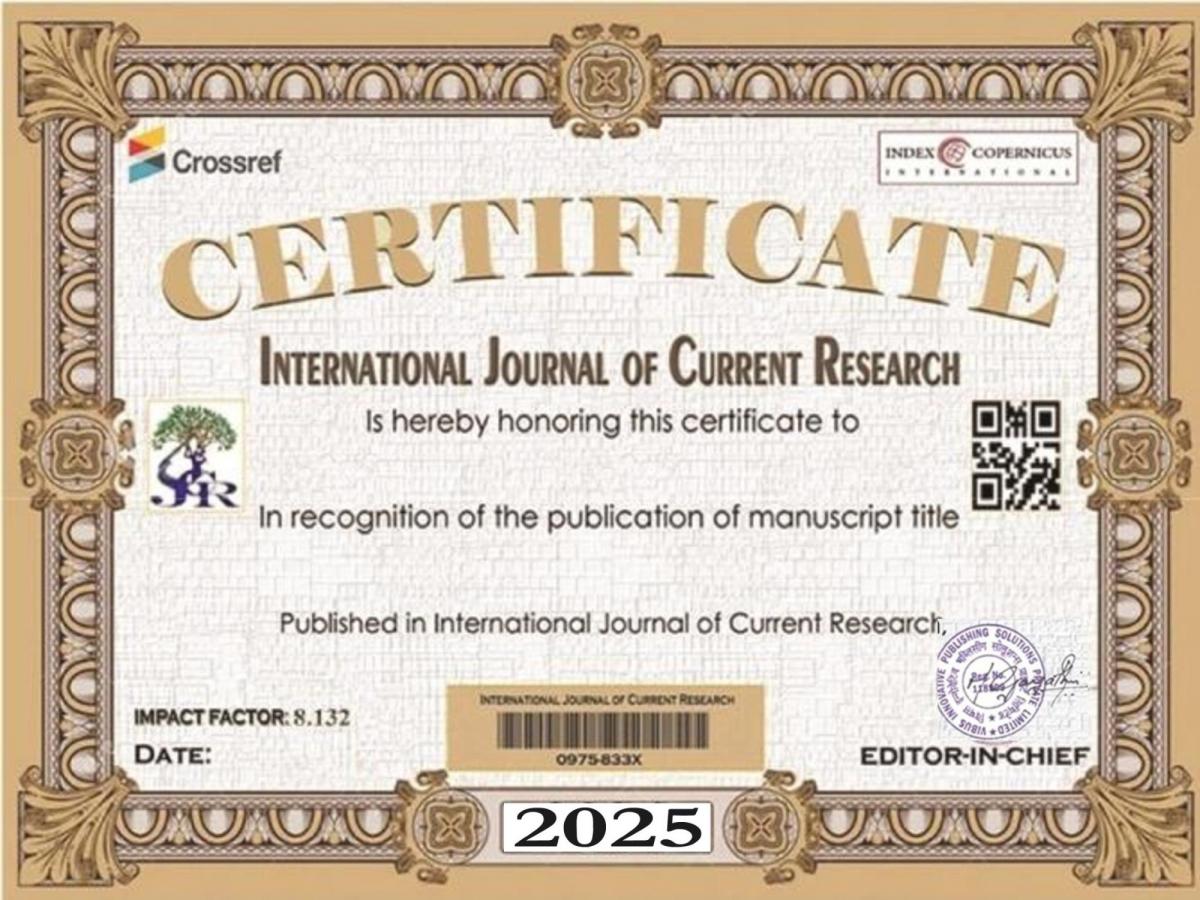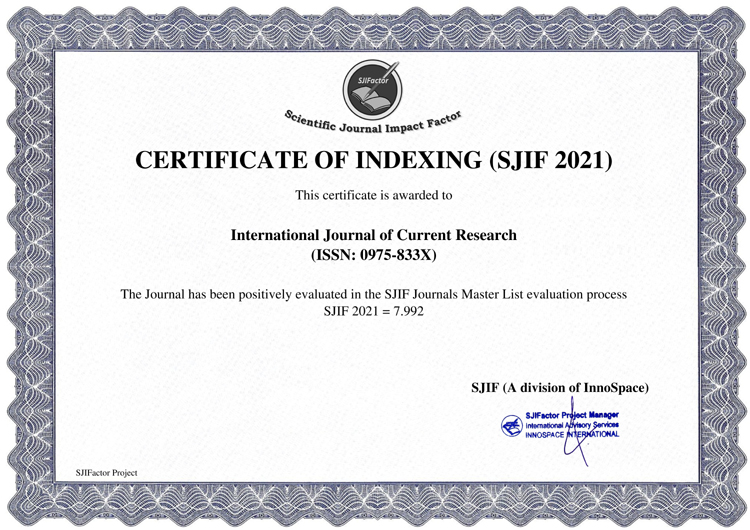Background: Hydatid disease is still a problem in developing countries. Although the disease is often asymptomatic for many years owing to slow growths of the cyst, it poses a technical challenge to the attending surgeon due to involvement of a variety of organs. Man is an accidental host. However the parasite can cause cystic lesions in various organ systems of the body. Intra-abdominal hydatid cyst continues to be a challenging problem. Objective: To find out the Management of Intra-Abdominal Hydatid Disease: A Surgical Experience in Rajshahi Medical College Hospital, Rajshahi, Bangladesh. Methods: Indoor case records of 16 patients admitted to a single surgical unit in the Rajshahi Medical College Hospital, Rajshahi, Bangladesh period from January 2014 to July 2019 with a confirmed diagnosis of intraabdominalhydatid disease were studied retrospectively.Case records of patients diagnosed and surgically treated for intra-abdominal hydatid disease were studied. Demographic details, diagnostic modalities and surgical approach to each patient was studied. Results: Hydatid disease in an anthropozoonosis and is caused by Echinococcusgranulosus. Humans are accidental intermediate hosts of Ecchinococcus. Liver is the most common in-volved organ (59-75%) followed by the lung (27%), Kidney (03%), bone, (1-4%) and brain (1-2%). Other sites. Such as spleen pancreas, heart and muscles are rarely affected, 16 cases of intra-abdominal hydatid disease were diagnosed and manageda single surgical unit in the Rajshahi Medical College Hospital, Rajshahi, Bangladesh. Male are affected more than females, ultrasonography is diagnostic and non-radical open surgery is the safe procedure in Rajshahi Medical College Hospital, Rajshahi, Bangladesh. Conclusion: Male patients are involved more as compared to females due to their more outdoor activity especially with the livestock. Symptoms may vary from vague fullness to development of pain abdomen and mass. Liver is the commonest intra-abdominal site for hydatid disease. CT scan is diagnostic. Open surgery still continues to be the safest option for treating this condition.





